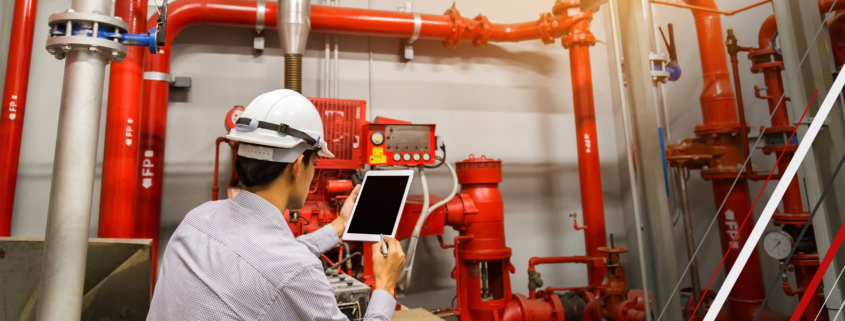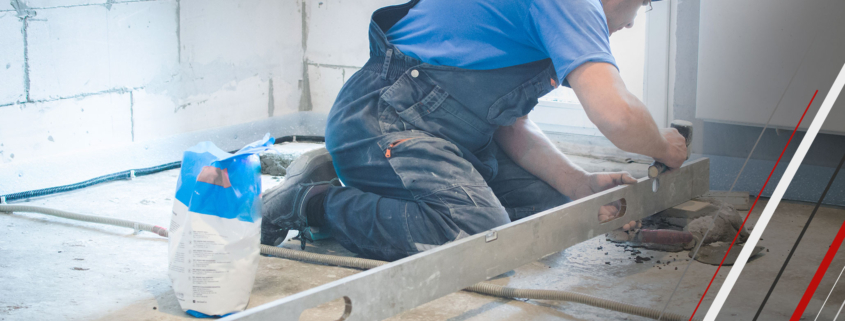The Advantages of Liquid Screed in Modern Construction
Screeding is a critical part of any build, forming the base for flooring and ensuring a smooth, level surface. In recent years, liquid screed has become increasingly popular across UK construction projects, replacing traditional sand and cement screeds in many cases. The reasons are clear: it’s faster, more efficient, and better suited to modern building techniques.
This article explores the advantages of liquid screed, its applications, and why it has become a preferred choice for contractors and developers alike.
Speed and Efficiency
One of the most significant benefits of liquid screed is how quickly it can be applied. Thanks to its free-flowing consistency, it can be pumped into place and cover large areas in a single day. This not only saves valuable time but also reduces labour costs, which is a huge advantage for projects under pressure to meet tight deadlines.
Perfect for Underfloor Heating
With underfloor heating becoming more common in both residential and commercial developments, liquid screed has emerged as the ideal partner. It flows completely around the heating pipes, removing air gaps and ensuring even heat distribution. The result is a system that’s more efficient and cost-effective to run. explore our screeding services for more information.
High-Quality Finish
Because it self-levels, liquid screed creates an exceptionally smooth and consistent surface. This eliminates the need for extensive levelling work later on and provides a reliable base for all types of floor coverings, from tiles to timber and carpet.
Faster Drying Times
Certain formulations of liquid screed can be walked on within 24–48 hours, with floor finishes laid in just a few days. This allows follow-on trades to return to site sooner and helps to keep the overall project programme moving forward without delays.
A Sustainable Option
Sustainability is a growing priority in the construction sector, and liquid screed supports this shift. Many products incorporate recycled content and produce less waste compared to traditional screeds, making them a more environmentally responsible choice.
Considerations and Best Practice
While liquid screed offers many benefits, it does require the right preparation and expertise. Surfaces need to be properly sealed before pouring to prevent leaks, and specialist pumping equipment is required. Working with experienced contractors is key to getting the best results.
A Sustainable Option
Sustainability is a growing priority in the construction sector, and liquid screed supports this shift. Many products incorporate recycled content and produce less waste compared to traditional screeds, making them a more environmentally responsible choice.
Future Outlook
As the demand for speed, efficiency, and sustainability increases, liquid screed is likely to play an even greater role in the future of construction. With ongoing innovation in mix design and drying technologies, it is set to remain a reliable, high-performance option for years to come.
Final Thoughts
Liquid screed has transformed what was once a slow, labour-intensive process into something faster, cleaner, and more efficient. For developers, contractors, and clients alike, it offers a modern solution that delivers both quality and sustainability.
If you would like to discuss please contact us to arrange a consultation with one of our experts.










